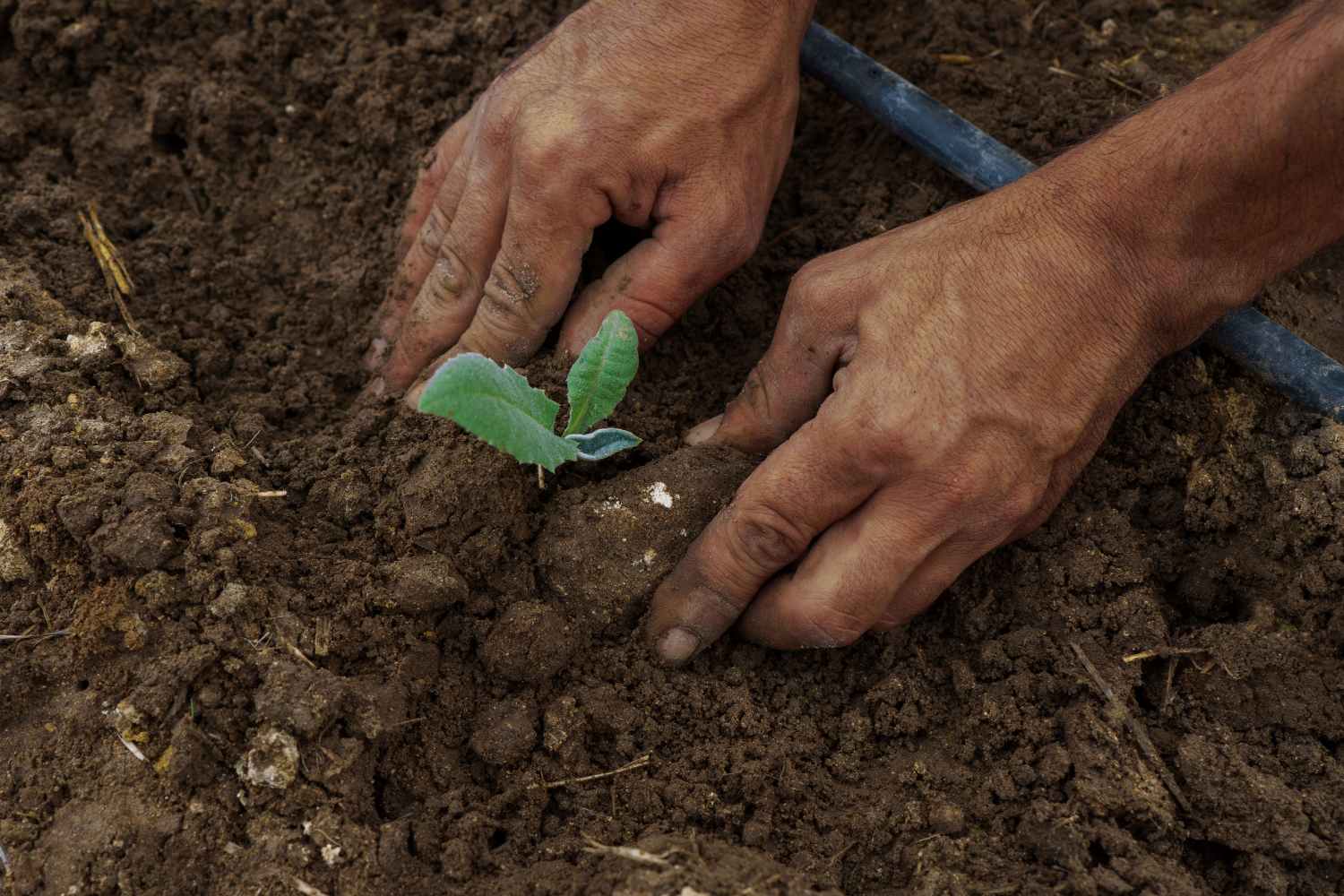A new alliance between National Geographic Society and PepsiCo aims to accelerate regenerative agriculture and restore soil health, tackling climate, water, and food security challenges.

@Canva
According to UNESCO estimates, if current trends aren’t reversed, by 2050 nearly 90% of the planet’s soil could be degraded. A sterile soil doesn’t just make it harder for farmers to grow food and sustain their communities—it also accelerates desertification and fails in one of its most vital roles: storing carbon. Instead of holding it safely underground, it releases it into the atmosphere.
This crisis poses a direct threat to global food security, with the world’s population expected to reach 10 billion in the coming decades. In response, the National Geographic Society and PepsiCo have launched a strategic alliance called Food for Tomorrow. The program is designed to accelerate the shift toward regenerative agriculture, an approach that works with nature rather than against it.
What is regenerative agriculture?
Regenerative agriculture is a bridge between traditional knowledge and scientific innovation. It’s not an abstract slogan but a set of concrete practices that put soil health, biodiversity, and watershed management at the center.
The methods range from cover crops—ensuring the ground is never left bare—to companion planting, where different crops support each other’s growth. There’s also the reduction of synthetic fertilizers through composting, smarter water use, and techniques like agroforestry, which integrates trees into farming systems.
PepsiCo’s stated goal, aligned with its broader climate and water strategies, is to scale these practices across 11.1 million acres (4.5 million hectares) by 2030. “Climate change is putting unprecedented pressure on the global food system, and farmers feel it every day,” said Ramon Laguarta, PepsiCo’s chairman and CEO. “There are solutions that can help both companies and farmers become more resilient. Food for Tomorrow combines PepsiCo’s expertise with National Geographic’s ability to advance science and inspire action.”
Science, stories and data for change
The program is built around three main pillars—each designed to make change visible and relatable, not just another corporate announcement lost in the noise.
- First, stories from the field. Five National Geographic Explorers will document, through words and images, the lives of farmers already practicing regenerative methods around the world. It’s a way to close the gap between applied science and public awareness.
- Second, scientific fellowships. Up to five research projects will be funded under the initiative Building Resilience in Agriculture. The aim is to develop scalable, environmentally sound solutions that actually work in real-world conditions.
- Finally, data mapping. In 2026, the program will launch a dynamic visualization platform to track the impact of regenerative practices on soil health, water resources, and climate resilience. This tool will be open to scientists, farmers, and policymakers alike—helping decisions rest on solid ground, quite literally.
This initiative doesn’t emerge in a vacuum. It reflects a broader global momentum around soil health, echoed in commitments from the UN Food Systems Summit and the European Union’s Farm to Fork strategy.
“Our future will be shaped by how we grow our food today, and we are rethinking what’s possible when that system nourishes both people and the planet,” said Jill Tiefenthaler, CEO of the National Geographic Society. At the heart of this vision lies a crucial paradigm shift: seeing farmers not merely as producers, but as custodians of our natural capital.
Source: National Geographic Society
